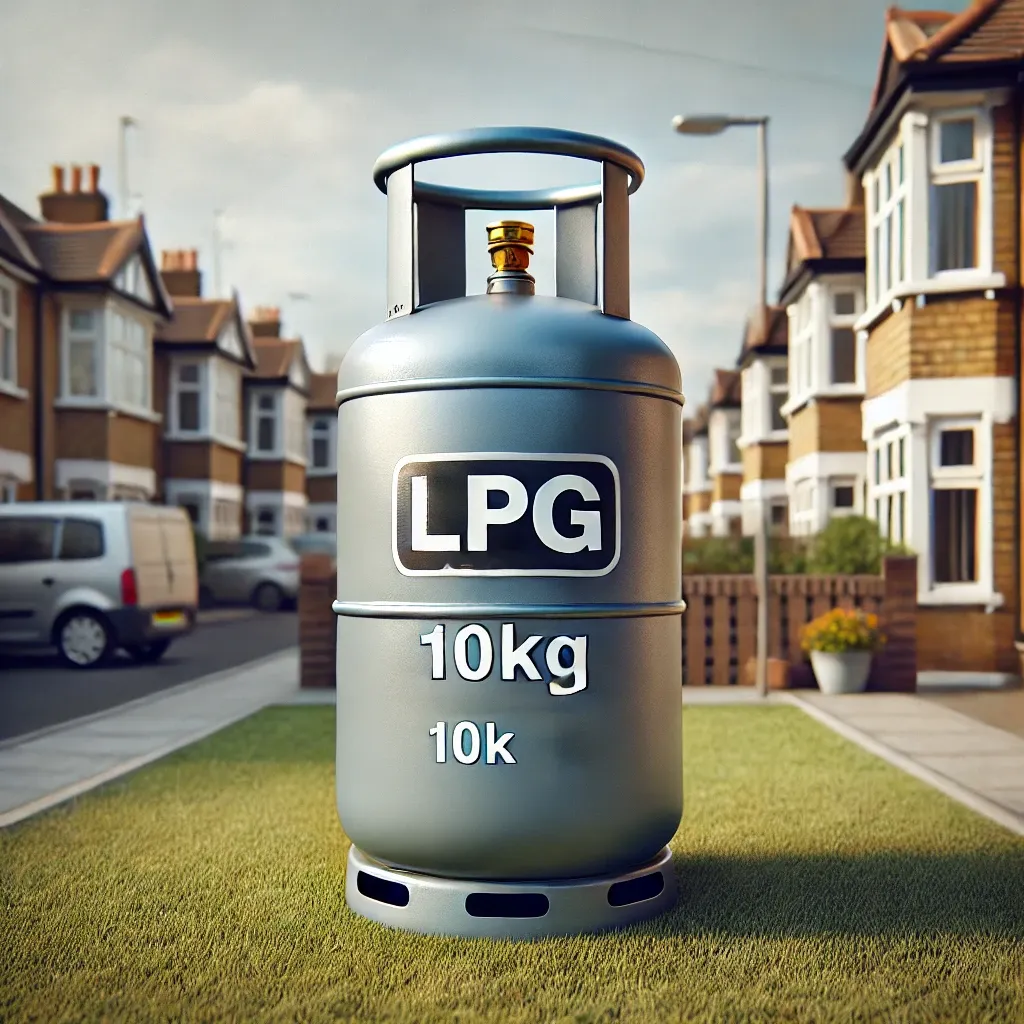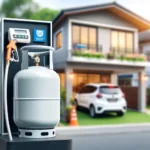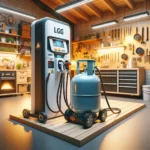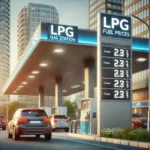LPG gas, or Liquefied Petroleum Gas, is a widely used energy source in many households and industries. This colorless and odorless gas is typically stored in cylinders, providing a portable and convenient fuel source. In this article, we will explore several key aspects of LPG gas, including the 10kg LPG gas barrel, safety standards, pricing, and how it compares to other gas cylinders.
10kg of LPG Gas Barrel: Key Features and Usage
LPG gas is commonly stored in barrels of varying sizes, with the 10kg cylinder being one of the most popular for residential use. These barrels are designed to hold liquefied gas under pressure and are used primarily for cooking and heating purposes in homes, as well as for fueling appliances in various industries.
Here are some important characteristics of the 10kg LPG gas barrel:
-
Capacity A 10kg LPG gas barrel typically holds around 20 liters of liquid gas. This amount is sufficient for moderate use in homes with average cooking and heating needs.
-
Weight The full weight of the cylinder is usually around 22kg, including the gas and the barrel.
-
Valve and Connection The cylinder comes with a secure valve that connects to gas appliances. This ensures safe operation when the gas is being used.
-
Portability The 10kg cylinder is portable, allowing it to be easily replaced or transported between locations.
-
Durability These cylinders are designed to be robust, with safety valves and pressure gauges to prevent leaks or explosions.
The 10kg LPG gas barrel is ideal for homes, small businesses, and remote locations that rely on gas as an energy source. It is important to understand the usage and proper handling of these cylinders to ensure safety.
Learn more about 10kg LPG gas barrels
LPG Gas: The Basics of Storage, Safety, and Pricing
LPG gas is an essential part of daily life for many people. It is used not only in residential settings for cooking and heating but also in commercial kitchens, industrial processes, and even as fuel for vehicles. However, to ensure safety and efficiency, there are certain standards and regulations that must be followed when storing and using LPG gas.
Here’s a breakdown of important considerations regarding LPG gas:
-
Storage Conditions LPG gas cylinders must be stored in well-ventilated areas, away from direct sunlight or heat sources. This prevents the gas from becoming too pressurized, which could lead to dangerous situations.
-
Cylinder Testing Regular testing is required to ensure the integrity of the gas cylinder. This includes checking for leaks, pressure levels, and the condition of the valve.
-
Safety Standards Various international and national safety standards regulate the construction and maintenance of LPG cylinders. These standards help prevent leaks, explosions, or other hazards that could result from improper handling.
-
Price Fluctuations The price of LPG gas can vary significantly depending on geographical location, supply-demand factors, and market conditions. On average, a 10kg LPG gas barrel can cost anywhere from $20 to $30.
-
Environmental Impact While LPG gas is considered cleaner than coal and other traditional fuels, it is still a fossil fuel and contributes to carbon emissions. Many households and industries are transitioning to more sustainable alternatives, such as solar or electric energy.
Proper understanding and handling of LPG gas can ensure its safe and efficient use in various applications, whether for domestic or industrial purposes.
Explore LPG gas pricing and regulations
LPG Gas Barrel Explosion: Risks and Prevention
One of the most alarming concerns with LPG gas is the potential for explosions. While rare, accidents can occur if the gas cylinder is mishandled or improperly maintained. Understanding the causes of such explosions and how to prevent them is crucial for safety.
Here are some common causes of LPG gas barrel explosions:
-
Overheating Storing LPG cylinders in areas that are too hot can increase the pressure inside the barrel, potentially leading to an explosion. It is important to store them in cool, well-ventilated spaces.
-
Faulty Valves If the valve on the gas cylinder is damaged or worn out, it can lead to gas leaks, which may result in fire or explosion if exposed to an ignition source.
-
Improper Installation When installing LPG gas cylinders, improper connections or faulty fittings can cause gas to leak, posing a significant safety risk.
-
Lack of Maintenance Neglecting regular maintenance checks, such as ensuring the cylinder is not rusted or corroded, can result in dangerous situations.
To prevent explosions and ensure safety, it is essential to adhere to safety guidelines, perform regular inspections, and properly install and maintain the LPG cylinders.
Learn about LPG gas safety precautions
Conclusion
LPG gas is a versatile and reliable source of energy used worldwide for various applications. The 10kg LPG gas barrel is one of the most common sizes used in homes and businesses, offering a balance of capacity and portability. By understanding how to properly use, store, and maintain LPG cylinders, as well as knowing the potential risks associated with them, you can ensure safety and efficiency in their use.
Remember, whether you are cooking at home or fueling an industrial operation, adhering to safety guidelines and regulations is paramount. Keep your gas cylinders well-maintained and always prioritize safety.
“Safety is not just a rule; it’s a way of life.” Stay safe, and handle your LPG gas barrels with care.






